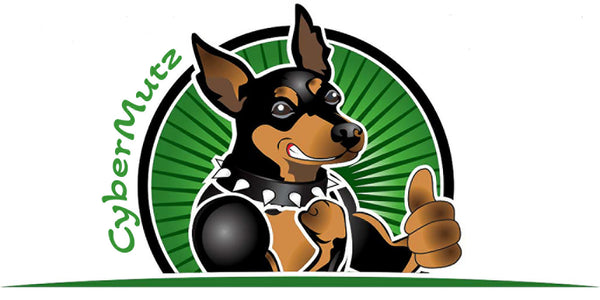
🐶 Leash Reactivity: Causes and Training Tips
Share
🐶 Leash Reactivity: Causes and Training Tips
Understanding the Outbursts and How to Calm the Chaos
Does your dog turn into a barking, lunging mess the second another pup walks by? You’re not alone — and your dog isn’t aggressive, they’re reactive.
Leash reactivity is one of the most common challenges dog owners face. It can feel embarrassing, frustrating, and even a little scary. But with the right knowledge and tools, it’s absolutely something you can manage — and improve.
Let’s break down what leash reactivity really is, why it happens, and how to help your dog (and yourself) walk in peace.
🐾 What Is Leash Reactivity?
Leash reactivity is when a dog overreacts to a trigger while on leash. Triggers can include:
-
Other dogs
-
Strangers
-
Bicycles, joggers, strollers
-
Loud noises or unfamiliar sights
Reactions might include:
-
Barking or growling
-
Lunging or pulling
-
Whining or spinning
-
Hackles raised, stiff posture
Some dogs even bark out of excitement — not aggression — but it still looks intense. Others are fearful and feel trapped on a leash with no escape route.
🧠 What Causes Leash Reactivity?
Here are the most common causes:
🔒 1.
Frustration
Your dog wants to say hi but can’t. That tension builds and explodes as barking or pulling.
🧨 2.
Fear or Past Trauma
Some dogs react out of self-protection. If they’ve had a negative experience, they learn to go on defense first.
🚫 3.
Lack of Socialization
Dogs who haven’t had enough calm exposure to other dogs, people, or environments may react poorly when faced with new experiences.
🐕🦺 4.
Barrier Frustration
Being on a leash means your dog can’t move freely — and they know it. This can add stress and exaggerate reactions.
🛠️ Training Tips to Manage Leash Reactivity
Reactivity doesn’t go away overnight — but with consistency and patience, you’ll see real progress. Here’s how to get started:
✅ 1.
Create Distance
Distance = calm. Don’t force your dog to “face their fears” up close. Cross the street or take a wider path when you see a trigger.
Every dog has a threshold — that “safe distance” where they can still see the trigger without reacting. Stay below that threshold to build success.
✅ 2.
Use High-Value Treats
When your dog sees a trigger and doesn’t react — reward like crazy.
This is the foundation of counterconditioning:
“When I see another dog, good stuff happens!”
Bring the good stuff:
🧀 cheese cubes,
🥩 chicken bits,
🥓 tiny hot dogs — anything your dog loves more than barking.
✅ 3.
Train a Focus Cue (“Watch Me”)
Start at home. Hold a treat near your face and say “watch me.” When your dog makes eye contact, mark it (“yes!” or click) and reward.
Practice everywhere. On walks, it’s your go-to move when a trigger appears.
✅ 4.
Keep Leash Pressure Light
Tight leashes increase tension — and dogs feel it.
Use a front-clip harness and a 6-foot leash to allow better control and communication.
🐾 CyberMutz Tip: Soft, lightweight gear like our breathable dog tanks can help reactive dogs feel more secure — like a wearable “comfort zone.”
✅ 5.
Practice Calm Engagement
Before your dog fixates, get their attention. Praise any calm behavior: sniffing, looking away, soft body posture. Reward them for being chill.
⚠️ What
Not
to Do
-
❌ Don’t punish barking or lunging — this reinforces fear.
-
❌ Don’t yank or scold — it creates negative associations with the trigger.
-
❌ Don’t force greetings — let your dog observe at their comfort level.
🧘♀️ Bonus: Management Tools That Help
Sometimes, you just need a little support. These tools can make walks easier:
-
Front-clip harness (reduces pulling)
-
Muzzle (only with training and positive associations)
-
Long-line for open areas (when safe)
-
Calming gear or wraps
And remember: your dog isn’t giving you a hard time — they’re having a hard time.
❤️ Final Woof
Leash reactivity isn’t a sign of a bad dog — it’s a sign of stress, frustration, or confusion. With clear communication, training, and kindness, you can help your dog feel safe and in control.
Progress may feel slow, but it is possible — and every calm walk is a win.
